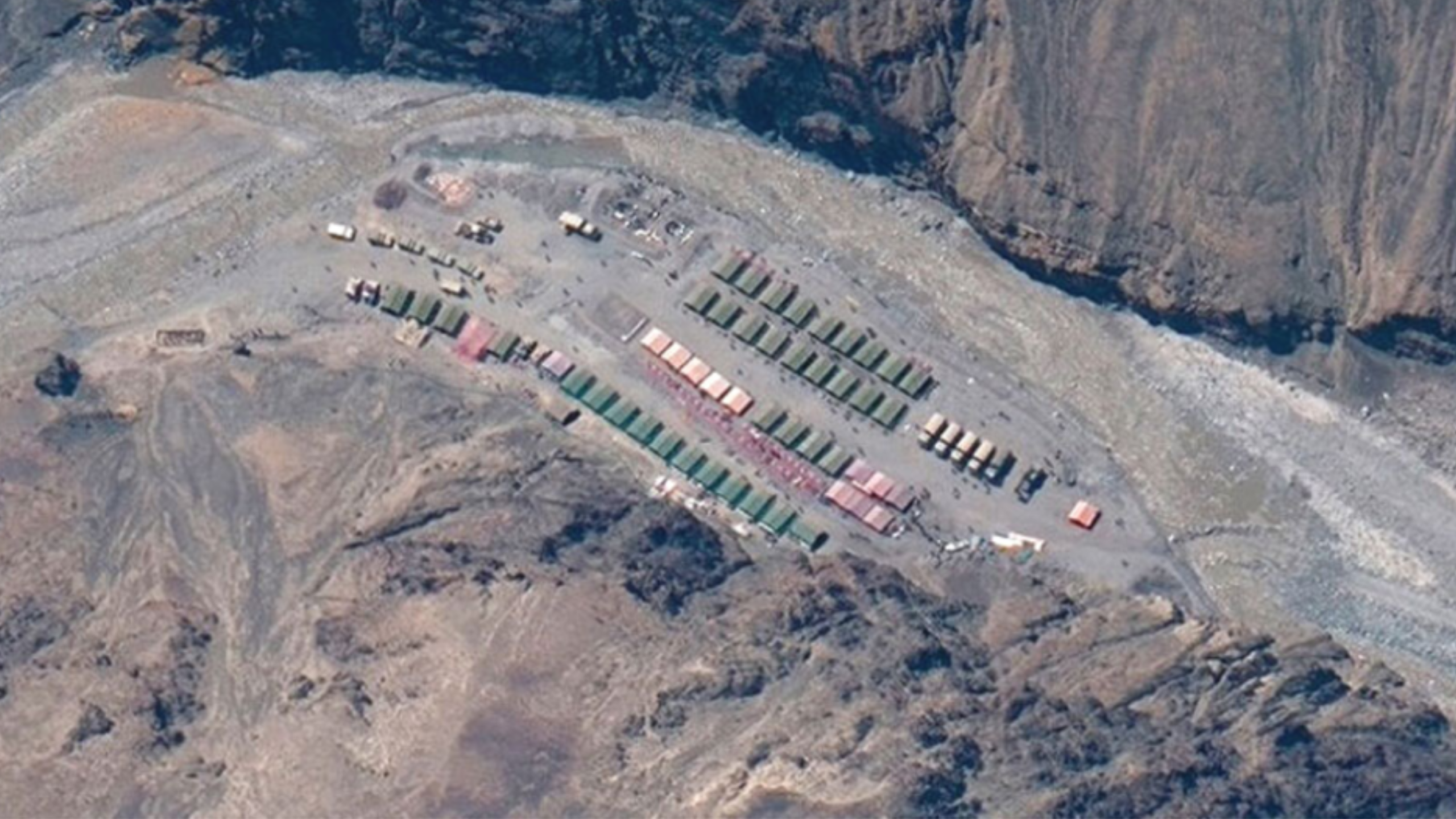
Four years into the face-to-face military confrontation in eastern Ladakh, China continues to intensify its military presence and infrastructure along the Line of Actual Control (LAC). Despite sporadic disengagements, recent satellite imagery and intelligence reports reveal persistent Chinese activity across all sectors of the 3,488-km border from Ladakh to Arunachal Pradesh.
China has been relentlessly constructing border infrastructure, including roads and dual-use ‘Xiaokang’ villages, strengthening military positions, deploying additional aircraft, and enhancing logistical support in areas facing India. Recent developments include the completion of a strategic road from Samzungling to Galwan Valley, providing a shorter route for troop mobilization. Additionally, buffer zones created after previous clashes have not halted China’s efforts to fortify its positions.
The People’s Liberation Army (PLA) has strategically focused on enhancing last-mile connectivity to forward positions through roads, bridges, tunnels, and helipads. It has also bolstered its military capability with new bunkers, camps, underground shelters, artillery positions, radar sites, and ammunition dumps along the LAC, especially in disputed areas like Pangong Tso, the Kailash range, and Gogra-Hot Springs.
The eastern sector, including regions like Tawang in Arunachal Pradesh and Naku La in north Sikkim, has witnessed increased PLA activity. China’s efforts extend to offsetting air combat disadvantages due to high-altitude terrain by deploying additional fighters, bombers, reconnaissance aircraft, and drones, supported by upgraded airfields with extended runways and advanced facilities.
China’s strategy includes the construction of dual-use ‘Xiaokang’ border villages, reinforcing military positions while asserting territorial claims. This has led to the establishment of 628 such villages along the Tibetan Autonomous Region border with India and Bhutan. Despite potential disengagements at persisting face-off sites, PLA’s forward deployments along the LAC remain substantial and enduring.
India has responded with ‘mirror military deployments’ and significant infrastructure development along its frontier. However, the continuous buildup by China underscores the enduring nature of the border standoff and the complex strategic dynamics at play.
As tensions persist along the India-China border, the ongoing military buildup by China highlights the challenges in achieving lasting peace and resolution in the region. Both countries’ strategic moves and countermeasures continue to shape the evolving interactions of this longstanding confrontation.